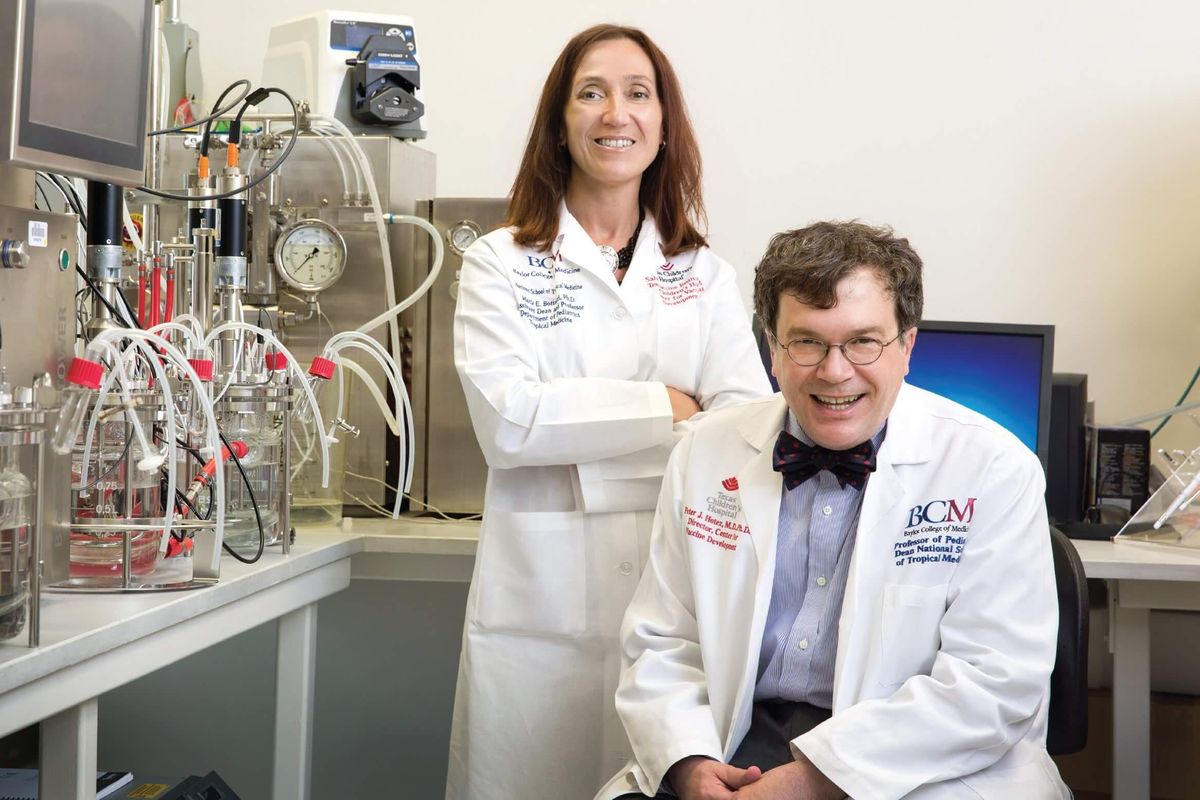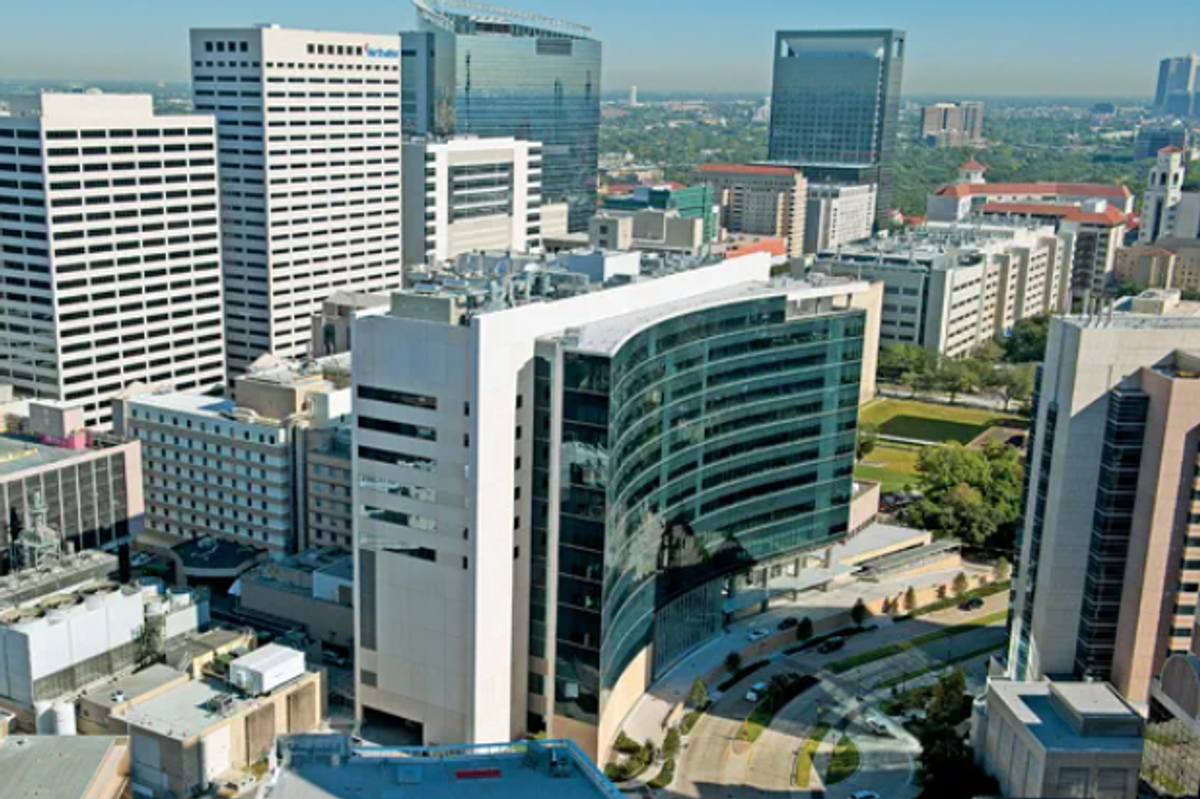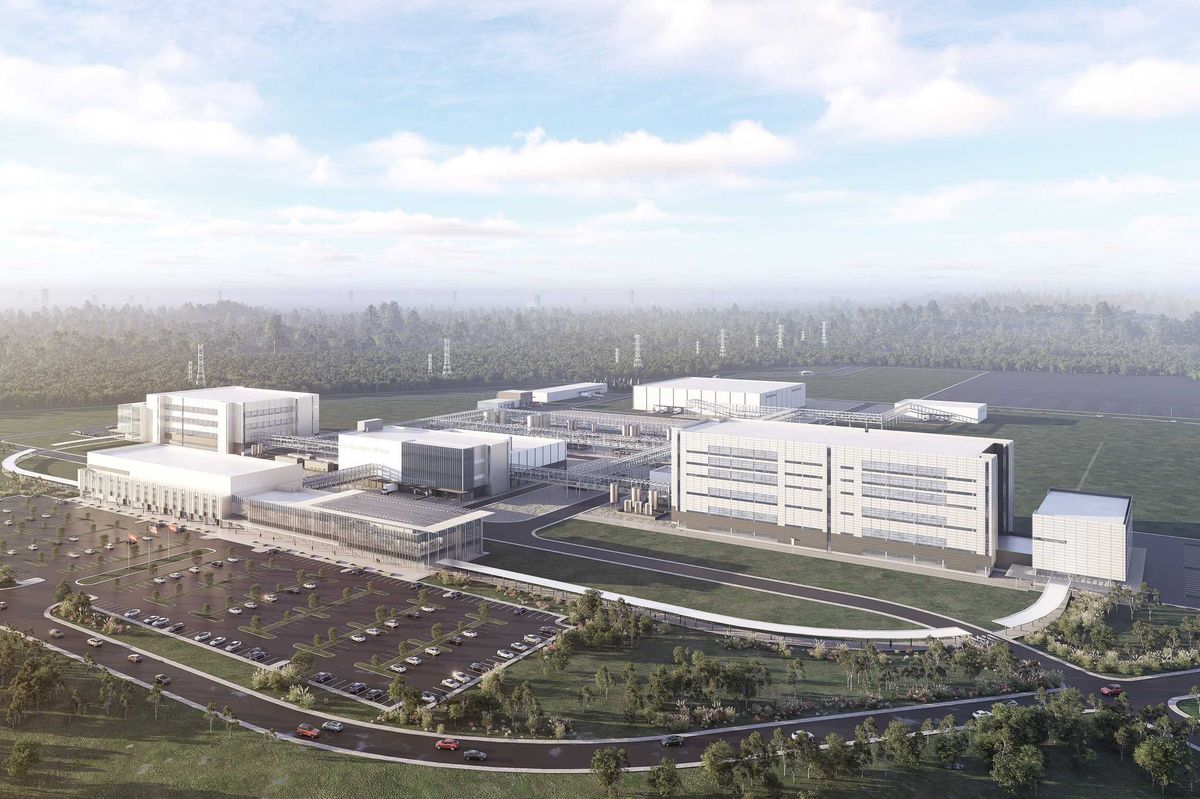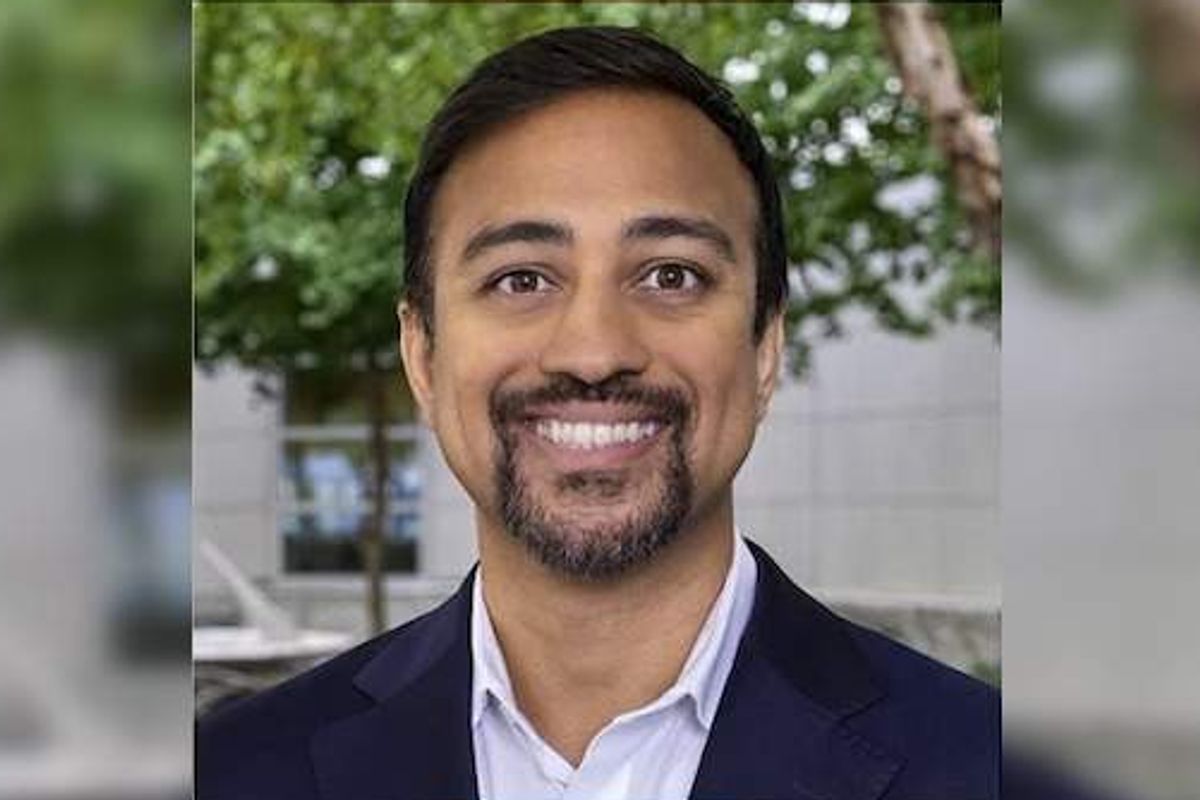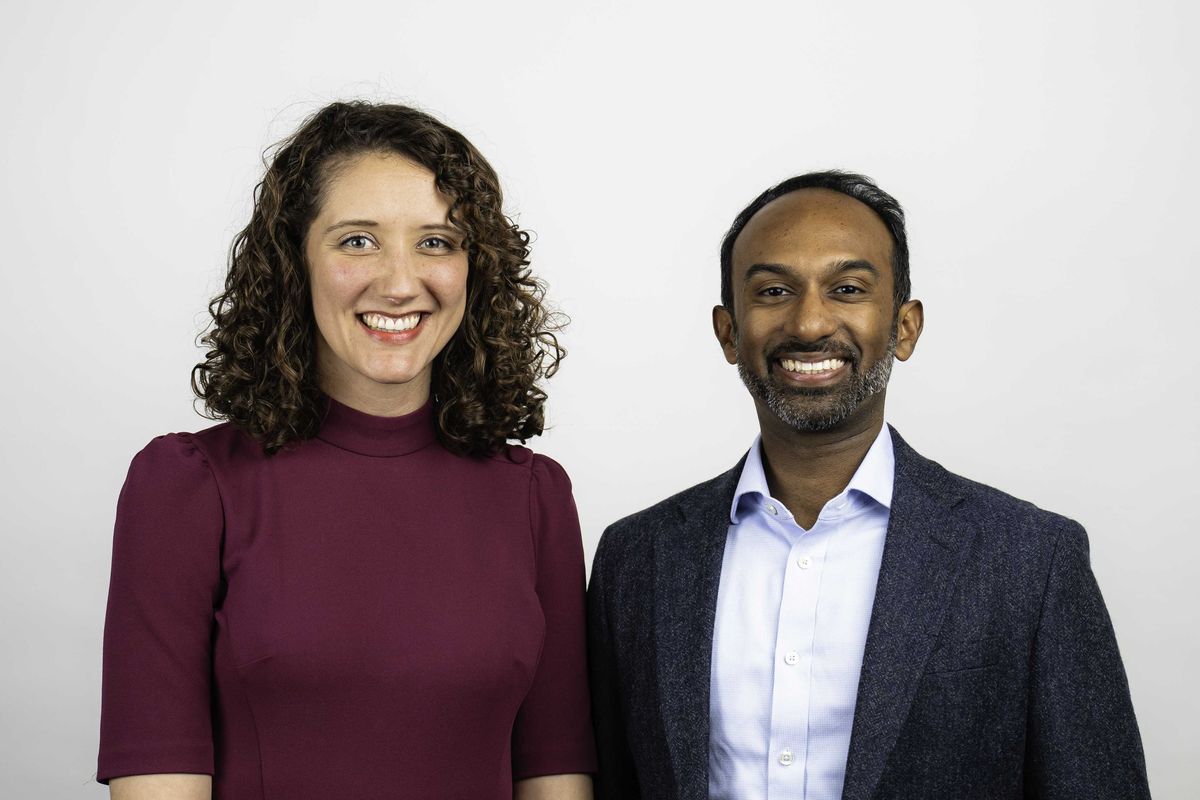Here's what corporate venture programs are looking for from startups within the energy industry
money moves
One of the challenges for Houston energy startups is not knowing what potential big corporate partners want from them. At the recent Global Corporate Venture, two corporate venture execs shared what all they're looking for and the challenges they are facing.
Diana Grauer, director of external technology engagement and venture capital at Technip FMC, and Bradley Andrews, president of digital at Worley joined a panel with moderator Wade Bitaraf, founder of Plug and Play Energy & Sustainability. The panel, entitled "How globalization and diversification can boost a local innovation ecosystem," explored what each exec looks for in potential partnerships with startups.
At TechnipFMC, which has a newer corporate investment group, Grauer says her team looks for startup technologies within four key categories, industry 4.0, digitization, materials and processes, and energy transition. Within those categories, she says they aren't looking for startups that will provide a big return on investment, rather technologies that will advance the company's capabilities.
"We're focused on strategic returns, not necessarily your conventional financial returns," she says.
Andrews echoed this point, admitting that while a big exit for a portfolio company is never bad, but Worley would rather have technologies that benefit their business platform.
"As long as [a technology is] under core strategy and driving internal strategy, we're kind of in," he says. "Anything around data science, automation, new energy, sustainability, those are all kind of sweet spots for us."
A big challenge, Andrews says, is communicating companywide the importance of looking outward for innovative opportunities, rather than relying on the company's staff.
"The idea of corporate tech startups coming to fruition within our industry is kind of new. We used to build from within," Andrews says. "We're still as an industry trying to figure out how to do this."
Grauer says that, similarily, her biggest challenge is getting pushback from within TechnipFMC of people who just think their company should fund its current workforce to find solutions. But Grauer responds to them explaining that the company needs to move faster than that and the way to do that is through working with startups. That's why the company has created an Open Innovation Program. According to Grauer, the organization expects to make its first investment by the end of the year.
For Andrews, the state of Houston's innovation ecosystem is exciting, and he notes that he looks at emerging technologies across industries. A technical solution in medicine might have an application in energy, for example. And, considering the state of the energy industry, now is the time to be more collaborative within Houston as more and more global challenges emerge.
"I think Houston has everything it needs to make a stake in this," Andrews says. "We're not competing with each other in this industry. We're competing against what the world is going to demand from us. It's time for us in corporate land and set our egos aside."
Grauer says she's seen the city's innovation resources grow over the years, noting the emergence of The Cannon, Rice Alliance, and Plug and Play.
"I really think that the energy industry in Houston is really starting to catch up and blossom," she says.

